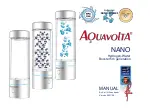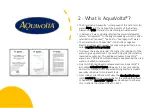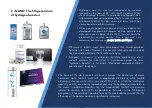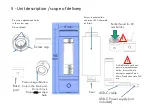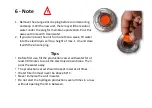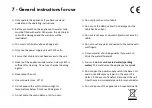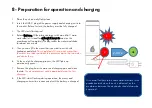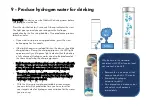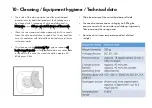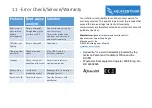
3 - NANO: The 5th generation
of hydrogen boosters
•
Hydrogen gas, H
2,
was not recognized by medical
research as the "gas of life" until the 21st century. When
drunk dissolved in water, it can produce antioxidant, anti-
inflammatory and anti-apoptotic effects. In recent years, a
mitohormetic effect has also come into focus, which has
similar benefits to athletic training.
•
When people began to understand this, an industry first
developed that pressed hydrogen at high pressure into
aluminum cans or bags, where the H
2
content could be
preserved for several months. This is not only very
expensive, but also causes
major waste problems
.
•
Effervescent tablets were also developed that could produce
hydrogen-rich water. However, they are also relatively expensive and
have an acidic aftertaste that is rather annoying.
•
European consumers in particular therefore preferred a do-it-
yourself solution, for which Karl H. Asenbaum coined the term
"hydrogen booster" in his book "Electrically oactivated Water",
published in 7 languages.
•
The basis of the do-it-yourself solutions is always the electrolysis of water.
Stationary water ionizers work with a diaphragm electrolysis, while mobile
electrolysis devices work with a so-called PEM cell, in which the electrolysis
gases H
2
and O
2
are cleanly separated and only the hydrogen accumulates in
the water. In addition, boosters like the Aquavolta® NANO use pressure
systems to dissolve as much H
2
as possible in the water. In the 5th booster
generation, it has now been possible to keep the gas bubbles so small that the
efficiency of the booster has been significantly increased.
Summary of Contents for AquaVolta NANO
Page 12: ......

